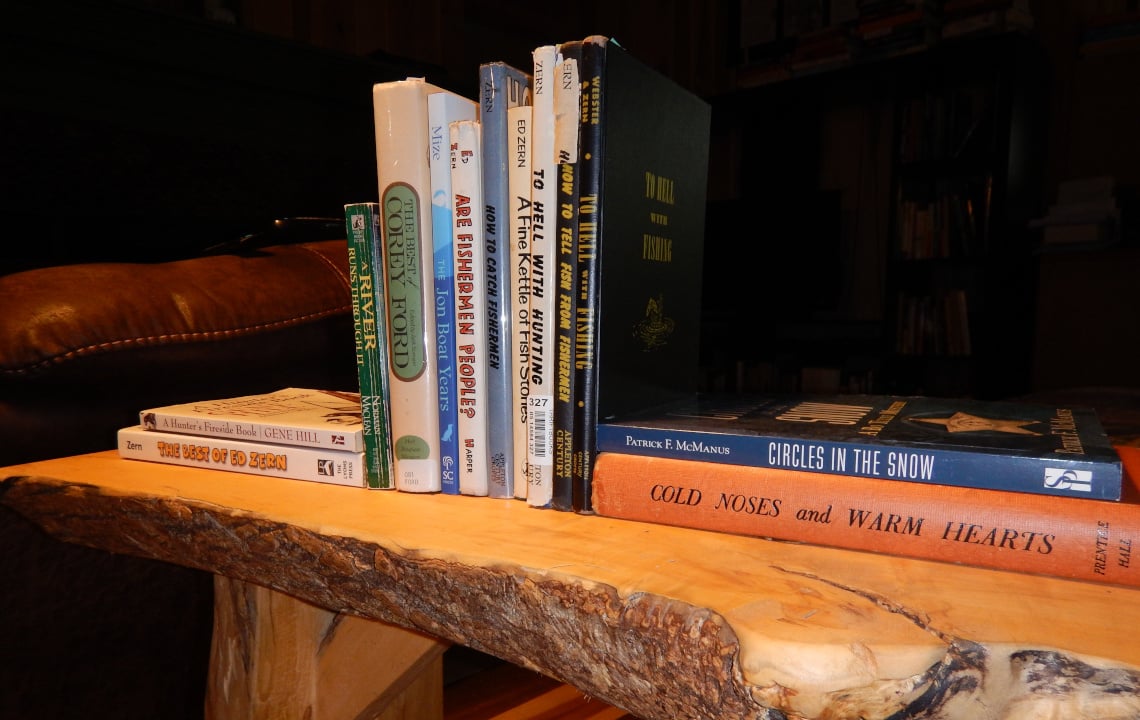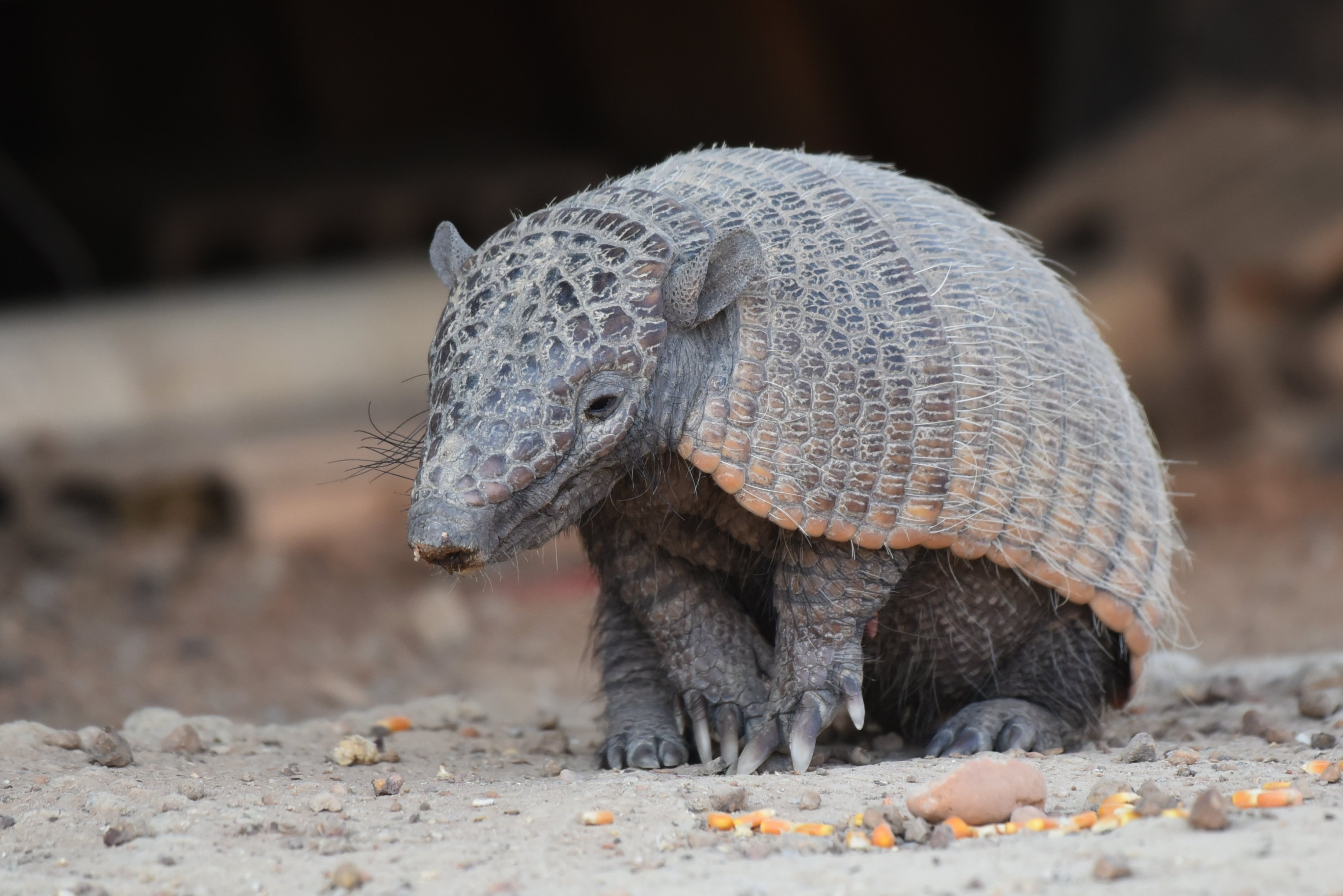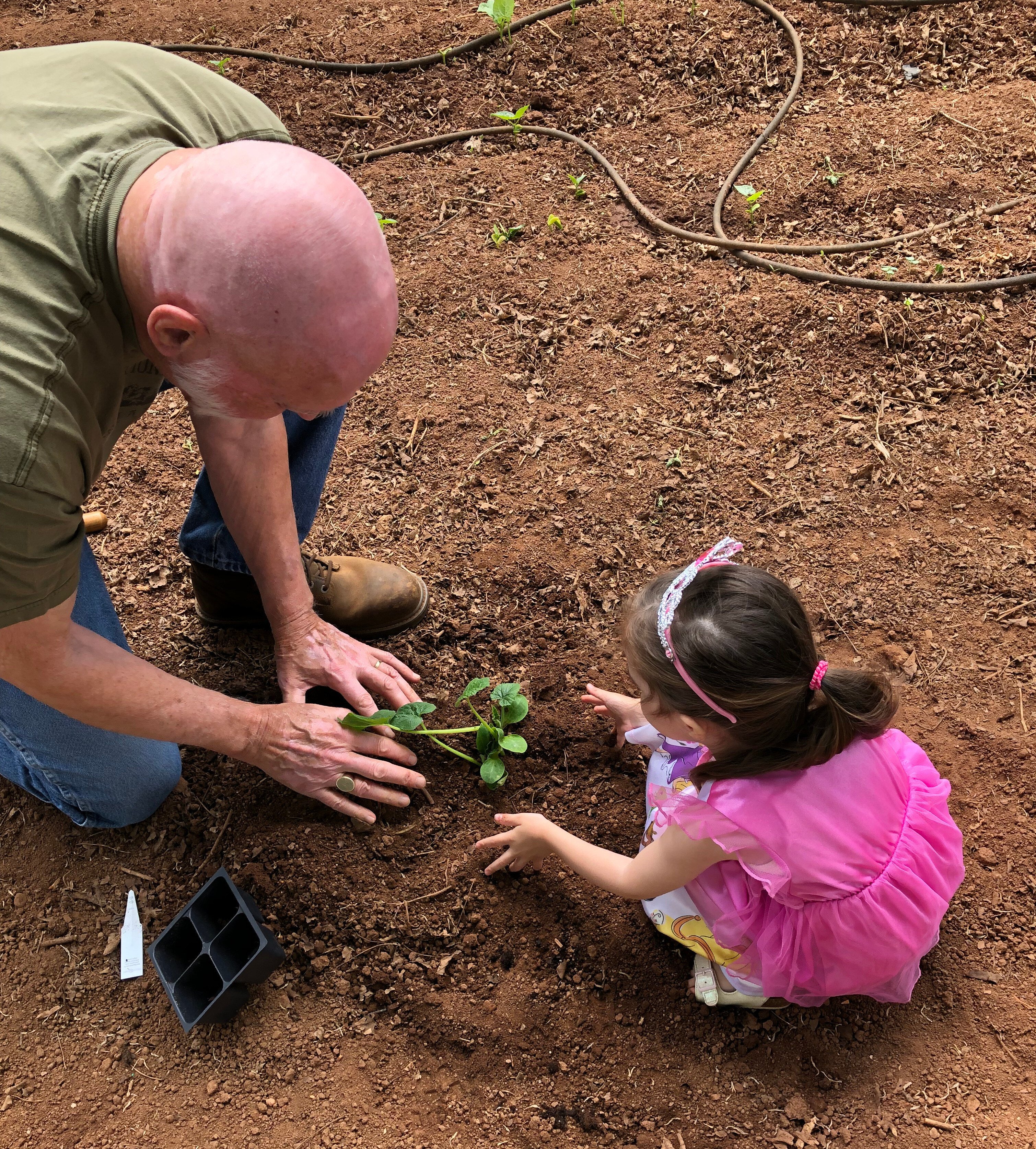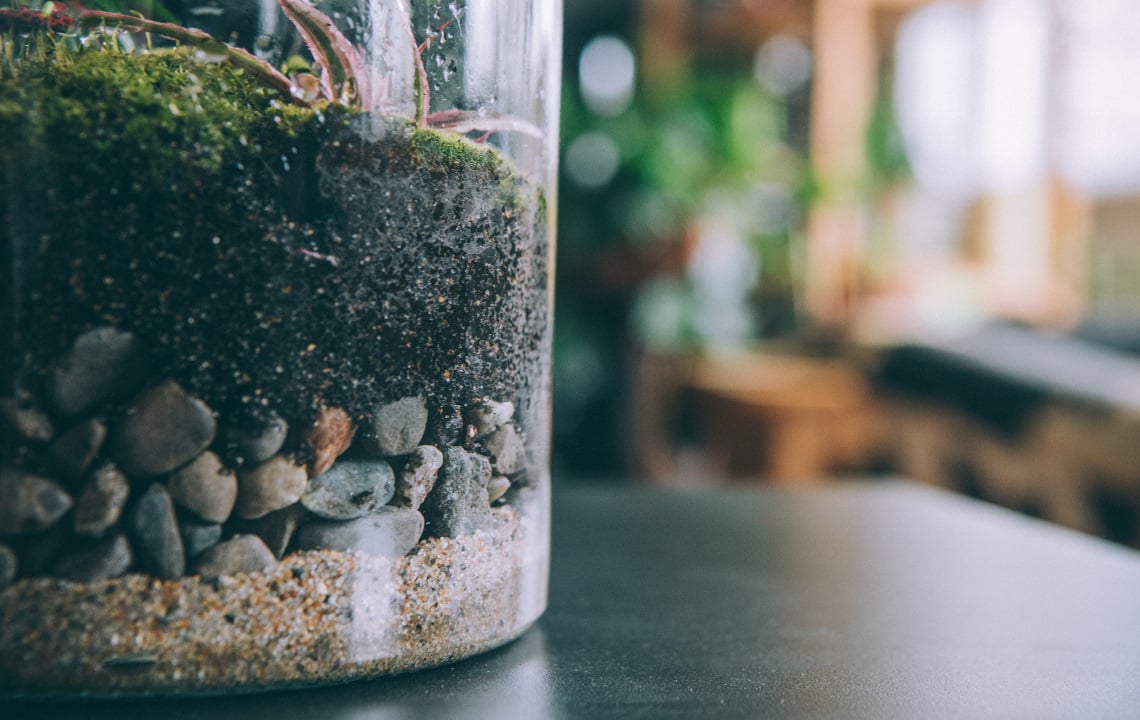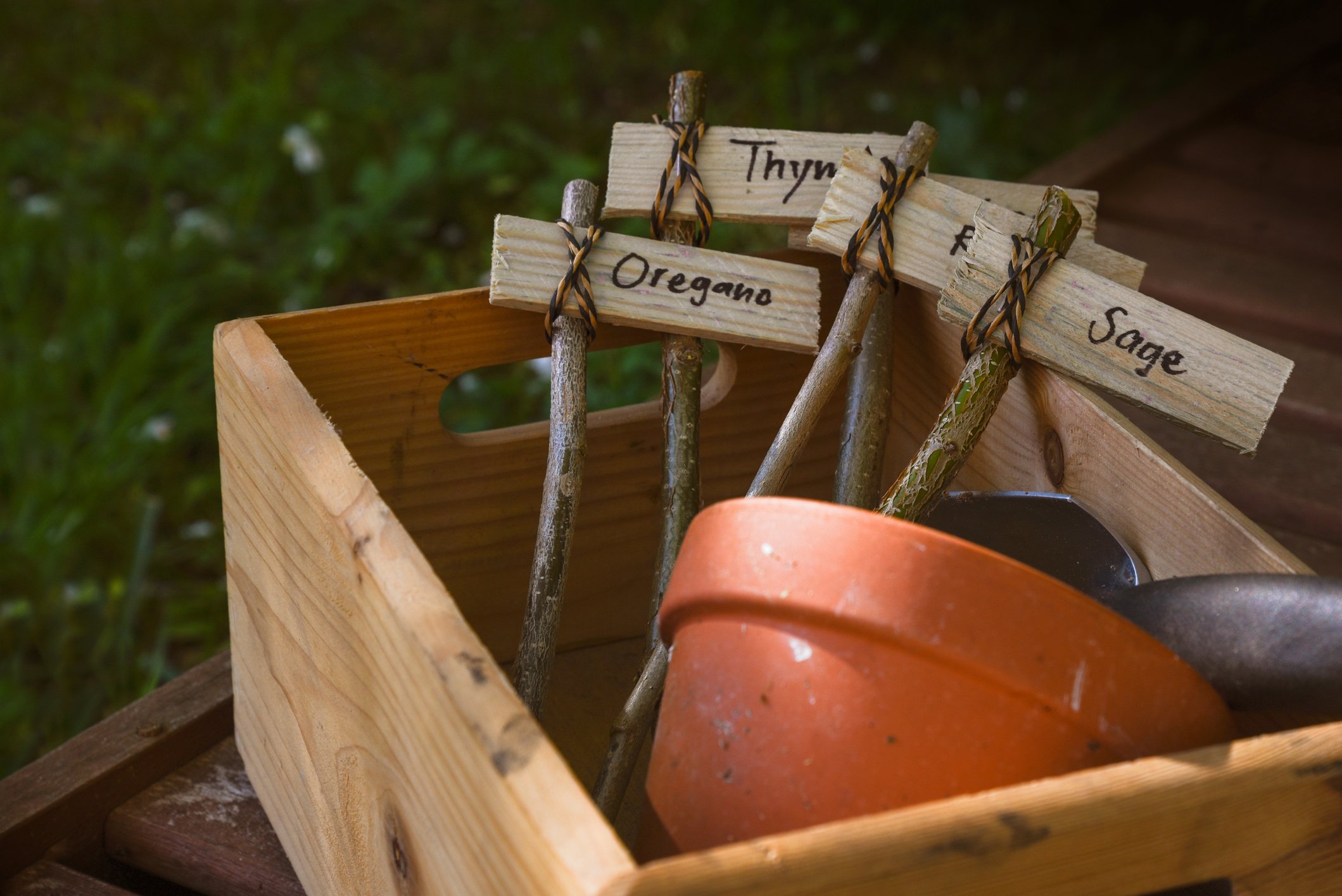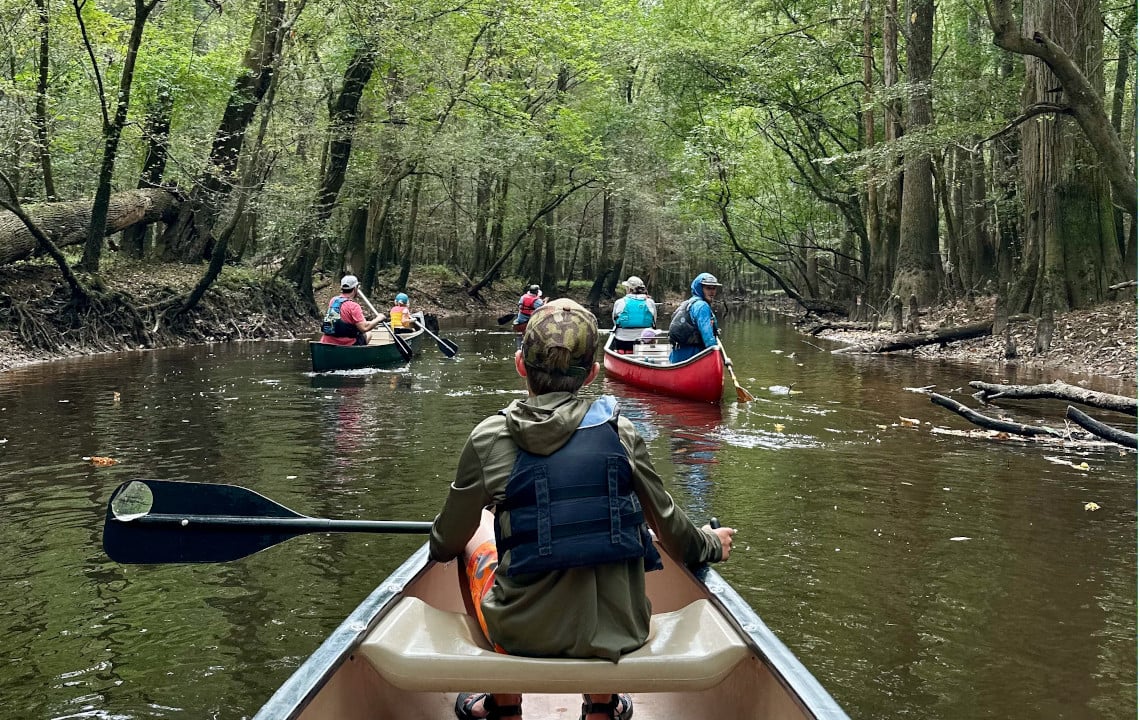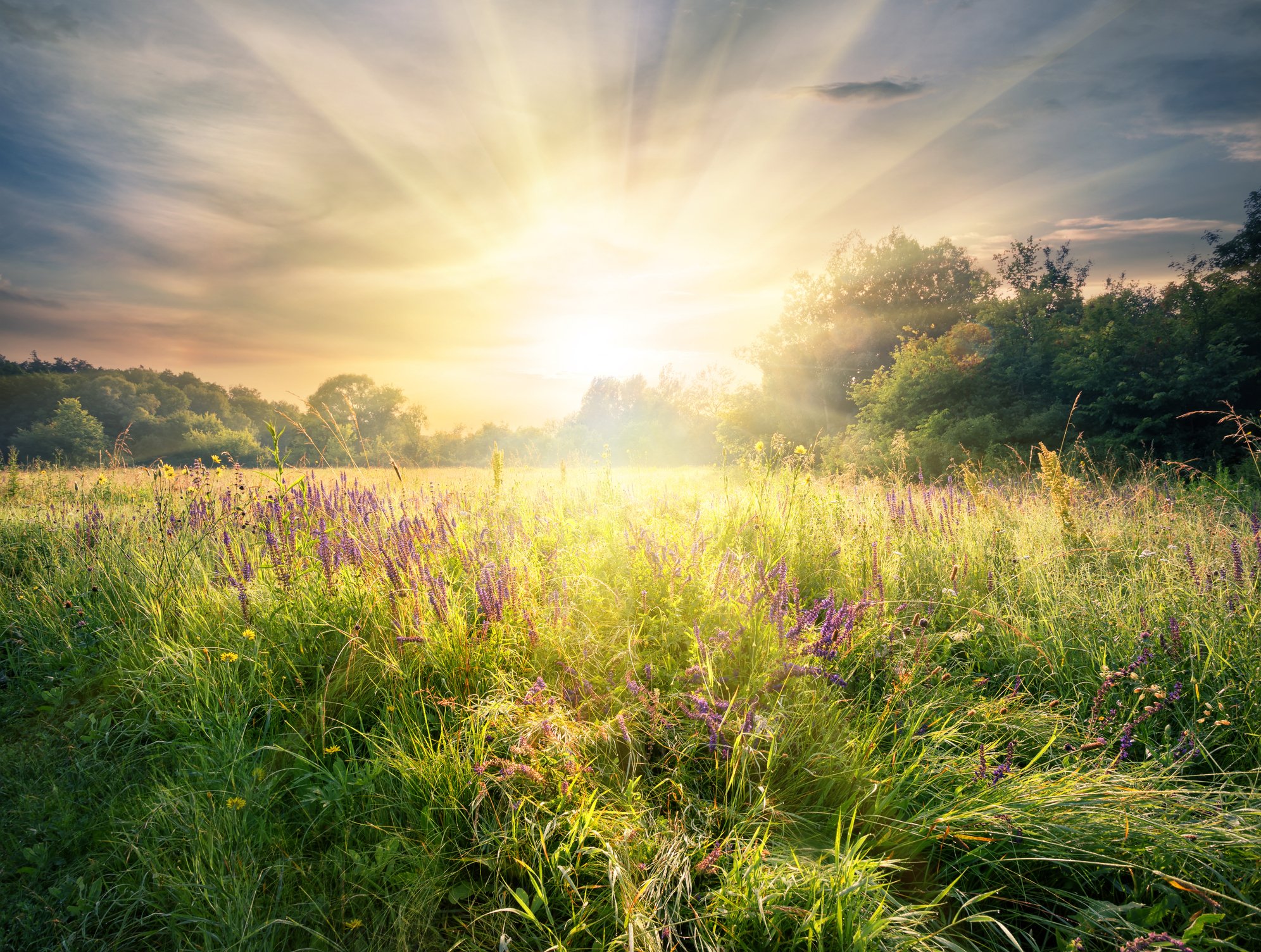Small fish ponds offer endless possibilities for creating unique nooks within your property and may be designed for any size landscape or budget. We look at seven steps to make your own.
A small space in the yard can become a focal point by adding a small pond, attractive aquatic plants and some colorful fish. The designs and possibilities are numerous, only limited by your imagination.
 Adding such a feature can be as simple or as complicated as you desire, but it is sure to be a hit with family and friends. Personal experience tells me that watching colorful fish in a small pool can be mesmerizing. As they swim gracefully through the attractive plant life they are the personification of serenity. Minutes can turn into hours as you peacefully observe and enjoy them.
Adding such a feature can be as simple or as complicated as you desire, but it is sure to be a hit with family and friends. Personal experience tells me that watching colorful fish in a small pool can be mesmerizing. As they swim gracefully through the attractive plant life they are the personification of serenity. Minutes can turn into hours as you peacefully observe and enjoy them.
Step 1: Select Materials for the Water Garden
There are many possible choices for construction and you are only limited by space and budget.
Polypropylene Pool Liner
You may choose a simple pre-formed pool liner of polypropylene as an entry level project. The hole must be dug to fit the liner and provide the support needed to keep it from buckling when water is added.
Butyl Rubber Liners
Flexible butyl rubber liners offer more flexibility in size and shape of pools. After the hole is excavated, the liner is place into the space and the edges need to be secured with heavy rocks or pavers. These liners may have a 20-year lifespan and are a good choice.
Concrete
Large pools may be excavated and then lined with concrete, but are more expensive, subject to cracking and leaking, and the concrete will affect the water chemistry.
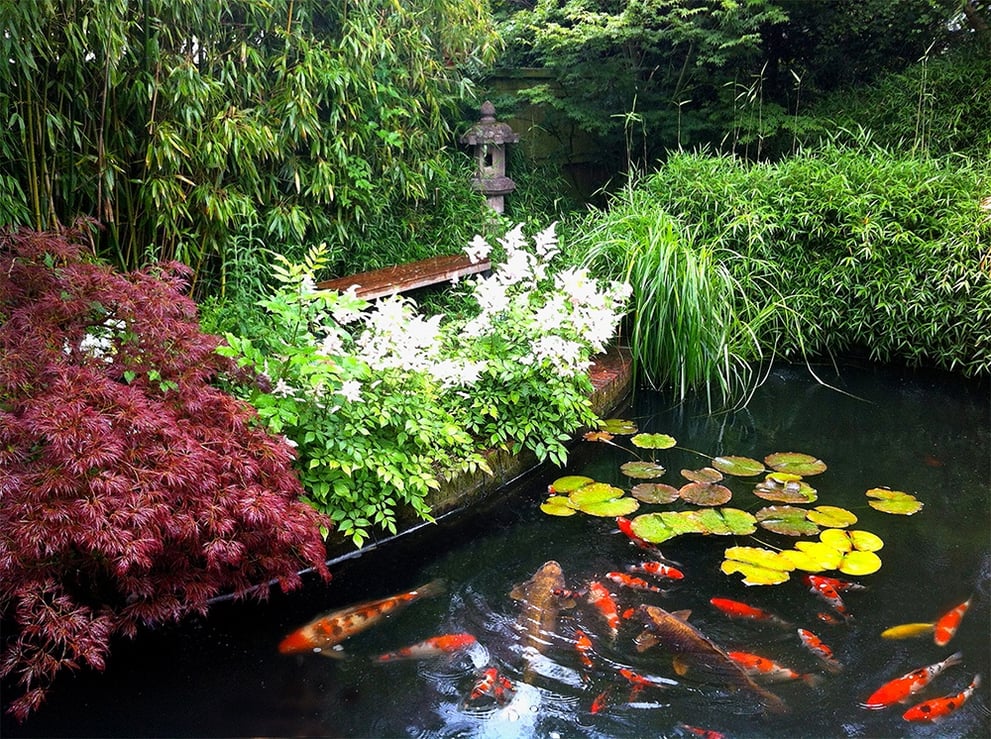
Step 2: Choose Features for Your Water Garden
Waterfalls
Waterfalls may be pre-formed cascades or water may be channeled over large rock slabs to create some very natural effects. Moving water is very attractive to most animals and fish and add much to the beauty of the pond.
Fountains
Fountains that spray water that falls back into the pond are also desirable. The fish enjoy the aeration of the water as it is oxygenated by the fountain. All that is required is special tubing to connect the fountain to the pump mechanism. Most fountain heads are adjustable for height and width so they may be tailored to the pool size.
Total expense may only be a few hundred dollars for a small pond, but for those with bigger plans, it can become a significant investment. It is wise to do some serious planning before you begin such a project.
Step 3: Get the Equipment Needed for a Water Garden
Pump
A small pool may only require a small pump to move and filter water. If you add a waterfall or have a larger pool, you will need to consider a larger pump and an adequate filter to keep the water quality suitable for fish. The filter will keep the pool water clear and will remove debris, fish waste, algae and any unused fish food.
As a minimum, you need to have a pump that will move at least 50% of the water every hour. If you plan to have waterfalls and fountains, the demand is increased dramatically and a larger pump will be needed. It is always better to have a more powerful pump than needed. If necessary, most powerful pumps may be restricted with self-contained or installed valves.
Filter
If your pool has vegetation, you may be able to maintain a balanced ecosystem, but the water may not be as clear as you desire. If you do not have suitable plants, you will need a filter.
There are a number of different types of filters: mechanical, chemical, vegetable, biological or UV clarifiers or sterilizers. Research and cost analysis will help you to determine what is best for you.
Step 4: Select the Right Plants for Your Water Garden
There are many beautiful flowering aquatic plants. Others that are non-blooming, but special attributes or more subtle beauty are worthy additions. Many of these may be potted and depth may be regulated by placing them on pavers or bricks. When planting, use a good quality potting soil, preferably one designed for water gardens. Avoid soils with peat moss or perlite, as these materials float. After potting, place a layer of pea gravel on top of the soil to keep it in place when the plant is submerged.
Water lilies
Water lilies are some of the most beautiful and well-known water plants. By planting these in pots, as they mature and need attention, they may be removed for pruning and division. You will find that some plants are prolific and you will need to divide and remove plants to keep the pond attractive.
Floating plants
Some floating varieties add to the beauty of the pond. Examples of these are water lettuce, water hyacinth, duckweed and salvinia. Some of these are invasive species in larger waterways. Don't make the mistake of placing the excess in any of the local waterways, as they can multiply and cause major problems.
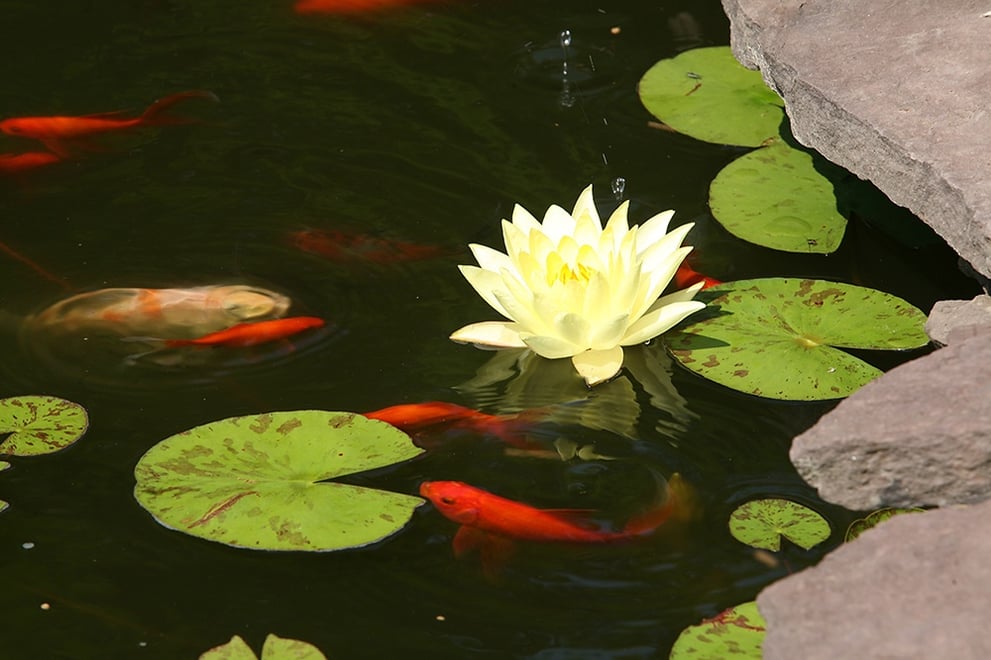
Step 5: Select the Right Fish and other Aquatic Life
Selections of fish might include common goldfish, Red Comets, Shubunkins and Koi. These species can tolerate temperatures as low as 39°F and are hearty.
Koi
Be aware that Koi are expensive and will eat vegetation. In addition, they are rambunctious and may even turn over pots when they are bigger. They may reach lengths of two feet.
Red Comets
Red Comets and common goldfish are orange in color and feed at all water levels. They are similar in color, with Comets being somewhat darker and brighter. They are approximately 10" long when mature.
Shubunkins
Shubunkins are sometimes called Calico goldfish and are many colors, including blue. They have beautiful forked tails that are long and appear very graceful as they swim about. They also reach 10" in length.
Calico Fantails
Calico Fantails are beautiful fish with a rounder body type and an attractive double tail. They are a great addition to a pond, but cannot live in water where temperatures become lower than 55°F.
If good water conditions are maintained, all of these species will reproduce naturally and you will need to consider removing some as time passes.
Other species such as Mosquito fish, frogs, snails and such are natural additions to ponds and each add their own unique character.
Step 6: Remember Routine Maintenance
There are some basic requirements for maintaining a garden pool.
Stabilize and test water
When a pool is first established, water should be allowed to stabilize before fish are added. This is especially true if water is from a treated source containing chlorine. Also, a small test kit for periodically checking water quality for ammonia and nitrite levels is a good investment.
Refresh water from time to time
You may find it necessary to drain up to 10% of the water occasionally and refilling to keep good water quality. Never add more than 20% of the pond water at one time, especially if filling from a hose. Draining water before a forecasted rainfall is a good procedure as this water will be free of contaminants.
Prune plants
As mentioned earlier, maintain health of plants by pruning. Remove any debris from the pond such as leaves, grass clippings, etc. If objectionable algae develops, treat with an approved algaecide. Free-floating algae is a sign of imbalance in water quality. Smooth algae growing on the pond liner is acceptable and actually a sign of a healthy pond.
Feed fish appropriately
Do not overfeed fish. Use a good quality food that will allow fish to attain brilliant color. Fish should be able to devour food provided within 10 minutes. Any more creates waste and degrades water quality.
Step 7: Enjoy the Fruits of your Labor
Now you can sit back and enjoy the colorful display of fish and plants. You will be the envy of your friends and the hours of pleasure that your water garden provides will be more than ample payment for your efforts.



.jpg)
